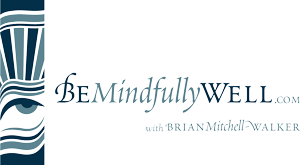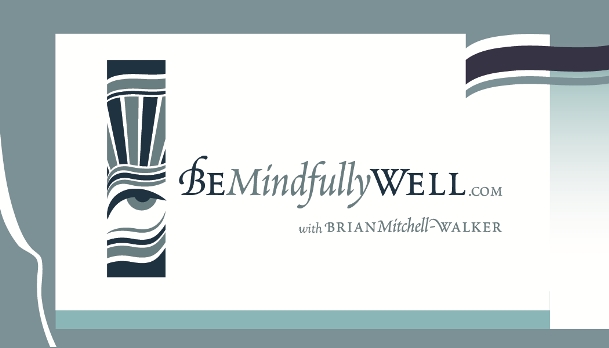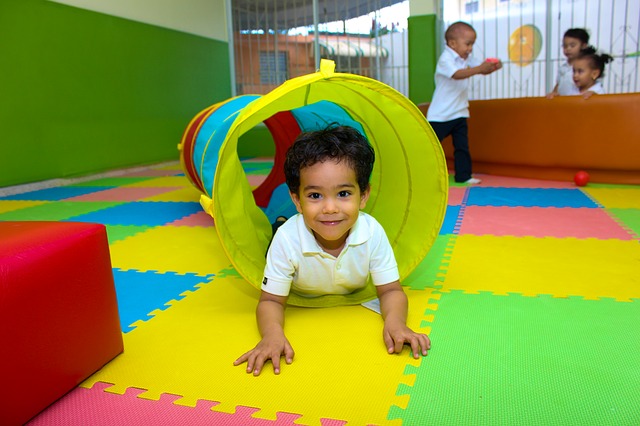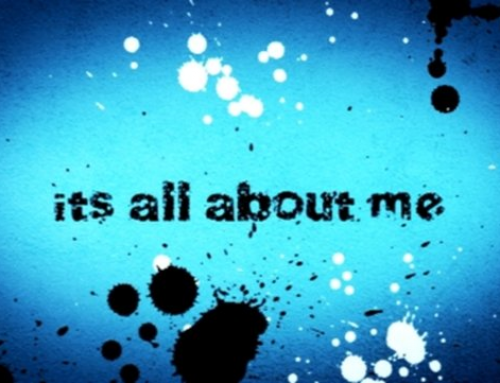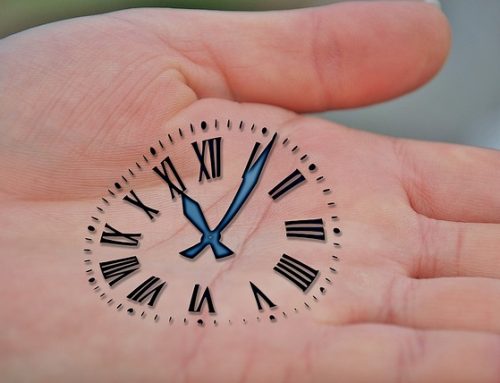When I was helping different residential camp boards in my province meet accreditation standards, I was met with resistance from a tired group of people who saw all this as just a way to make it much more work to run the camps. To this resistance I shared this experience:
As a male kindergarten teacher (and later grades 1 -3), I was often told that I should never touch the children. I would be setting myself up for allegations of child abuse. I worked in an area where for many of my students I was the only stable male figure in their lives. When these children were hurt, they needed to be held. Some children that had difficulty focussing on a task – just needed their backs rubbed. They needed to know what positive touch was.
I was lucky in my first year of teaching as my classes were large enough to have an Education Assistant in the room with me. And lucky for me these amazing assistants were woman who understood the importance of positive touch. But we were both careful to always question out loud, “Do you need a hug?” or “Would it help if I rubbed your back while you read this book to me?” Always making each other aware (and to be a witness).
When I moved to teach grade 1, I did not always have an Education Assistant in my room. This is where I am so grateful for my fellow teachers. When a child needed a hug – I would take them to the hallway and just say out loud (we all kept our classroom doors open). I’m just out in the hallway with (insert name of child) who needs a hug.
The response I received from the Camp Board members was, “oh that’s awful, you had to go to all that extra work just to protect yourself.” To this I responded, “I didn’t think it was awful at all, what more could I want for a child then to know that positive appropriate touch can be public and announced to the world. There is no hiding or secrets when positive touch is involved. I was letting the child know that they were safe, that others would know they needed a hug so they can feel free to talk with others. This was me imposing some standards to enable addressing the needs of the children I taught. Just as the various standards for camp accreditation were about making sure the children were taken care of properly and that all were protected.”
So when I am coaching with children these are some of the things I do to keep a child safe and parent aware:
- I talk about confidentiality with the child, that what they say I will not tell others (unless I have to by law as I’m worried for the child’s welfare) so they can feel safe to talk about what they need to.
- I make it very clear that this is their session and they are free to talk to anyone about what we talk about in our sessions.
- I ensure parents are aware overall how the session went. I write notes of our sessions and things to be worked on for the child, I will print these out for the child in my office or email these to the child whom I meet with online and at the same time write the parent (copied to the child) to say, “It was a good session, I have just emailed your child notes from our session, your child knows that these are for her/him and that they can feel free to share any of it with you or others they choose. You may ask them if there is anything they would like to share”
- I make sure parents are aware of any communication between sessions. If a child emails me between sessions, I respond to the child and I also send an email to the parent(s) that I received an email and responded to their child (and copy this to the child – so the child again knows this is okay and I’m not asking anything to be hidden).
- I encourage children to talk with their parents and on occasion we have set up sessions with both parents and children to facilitate the conversation.
I believe all those who work with the vulnerable need to make every effort possible to create the necessary safe space for holding the whole individual.
